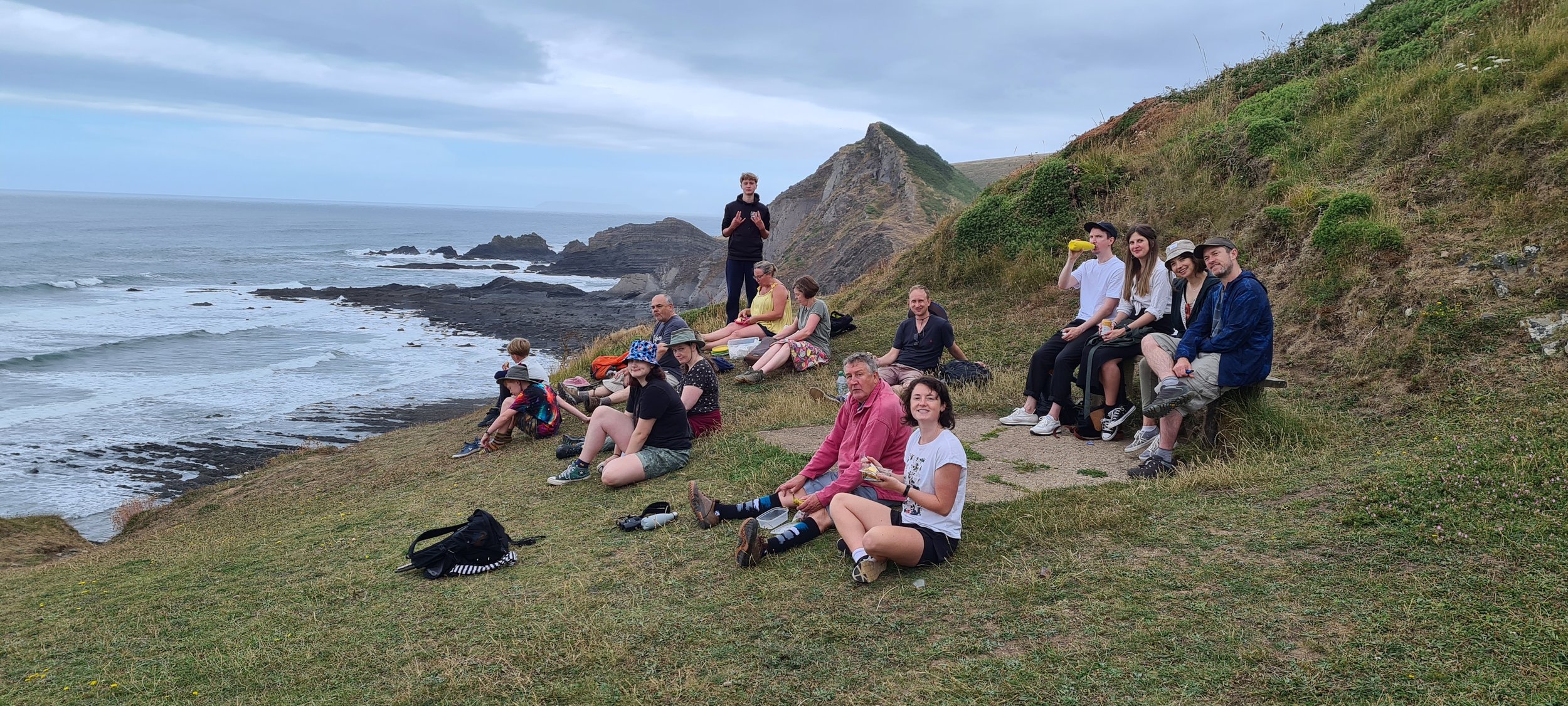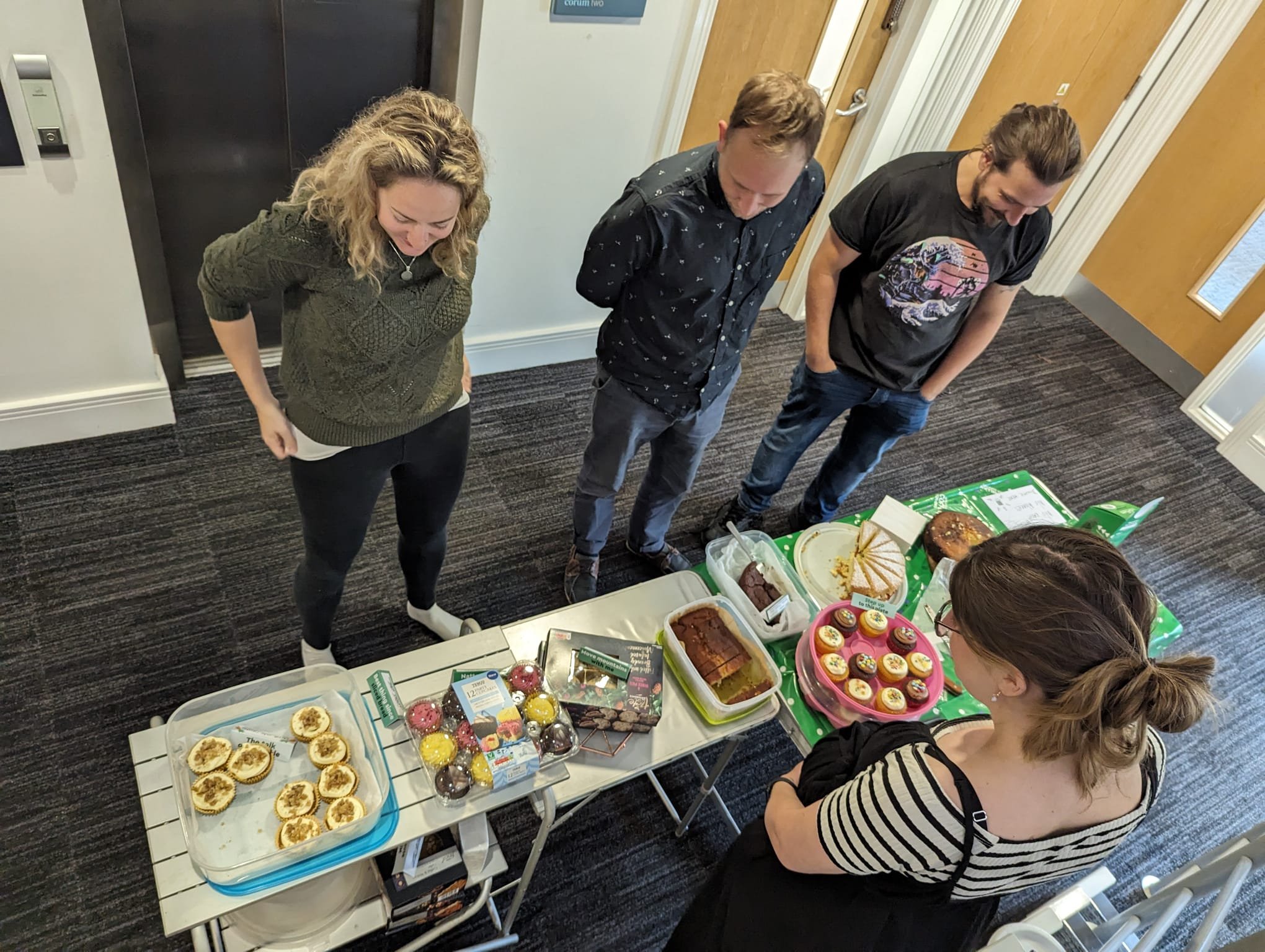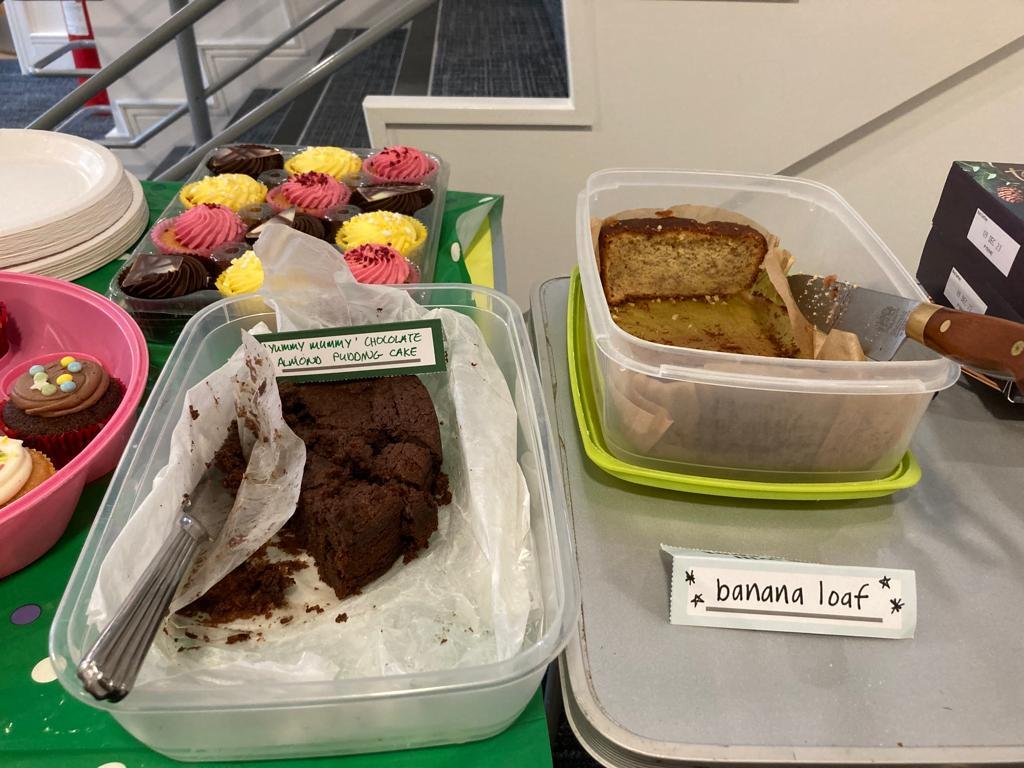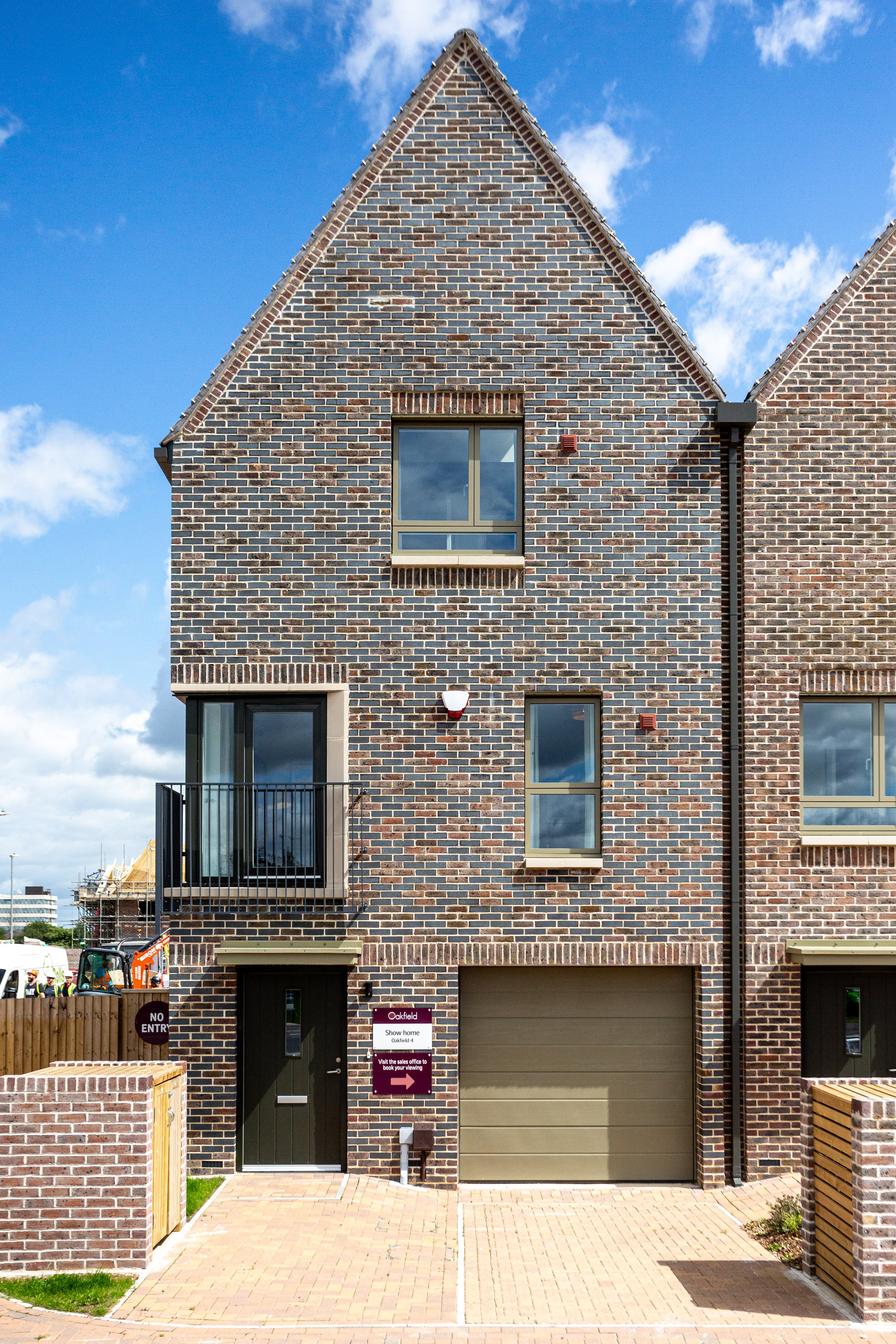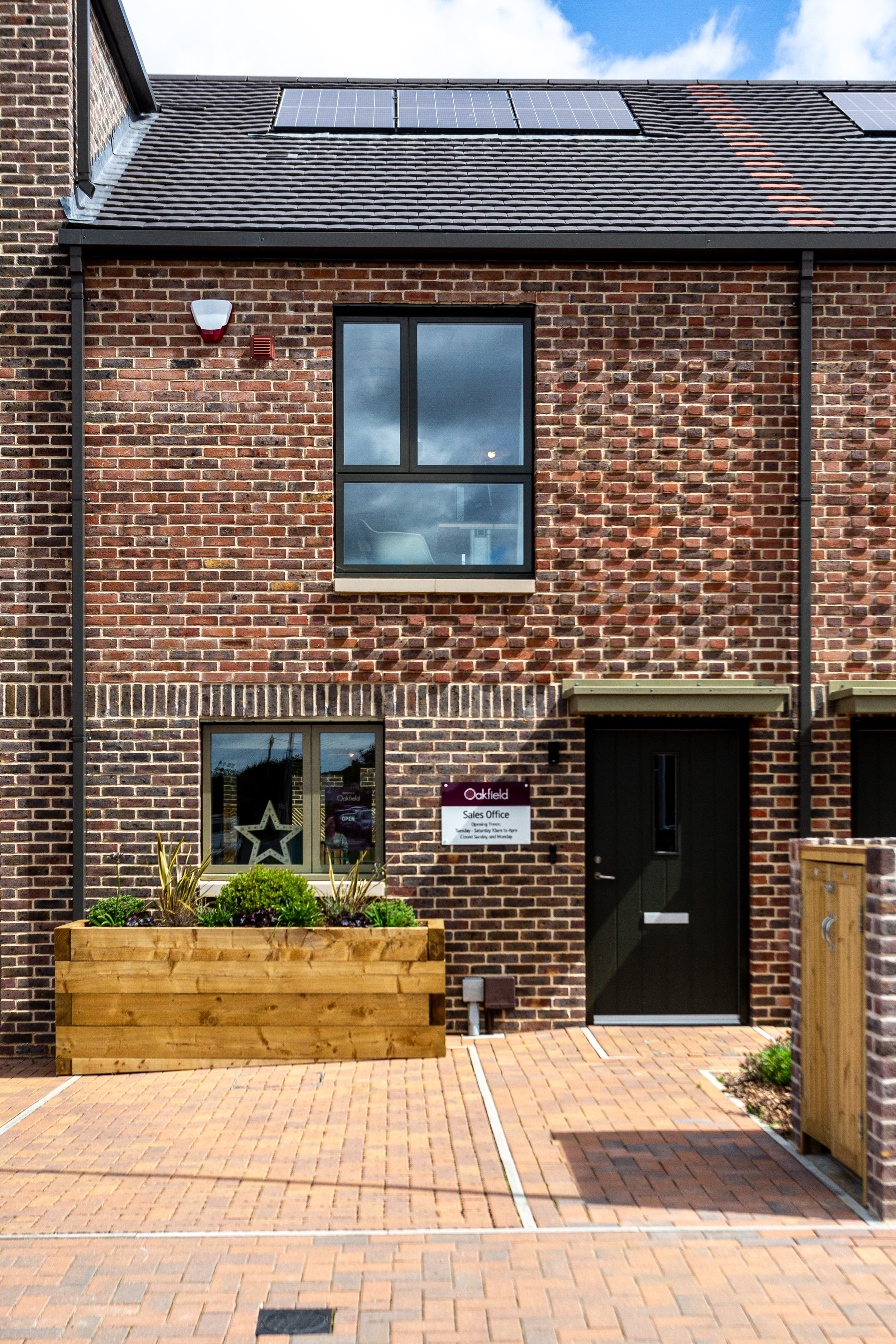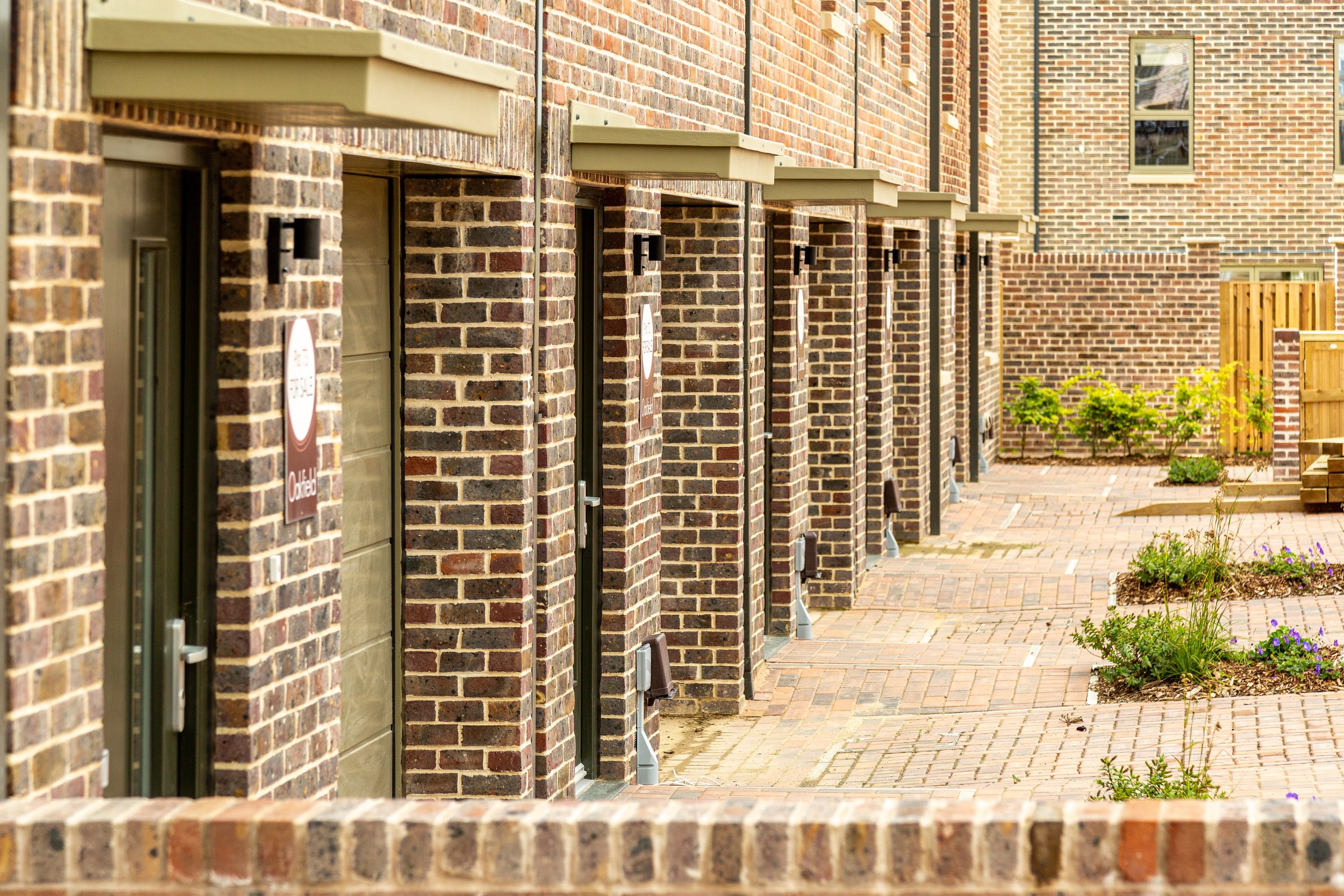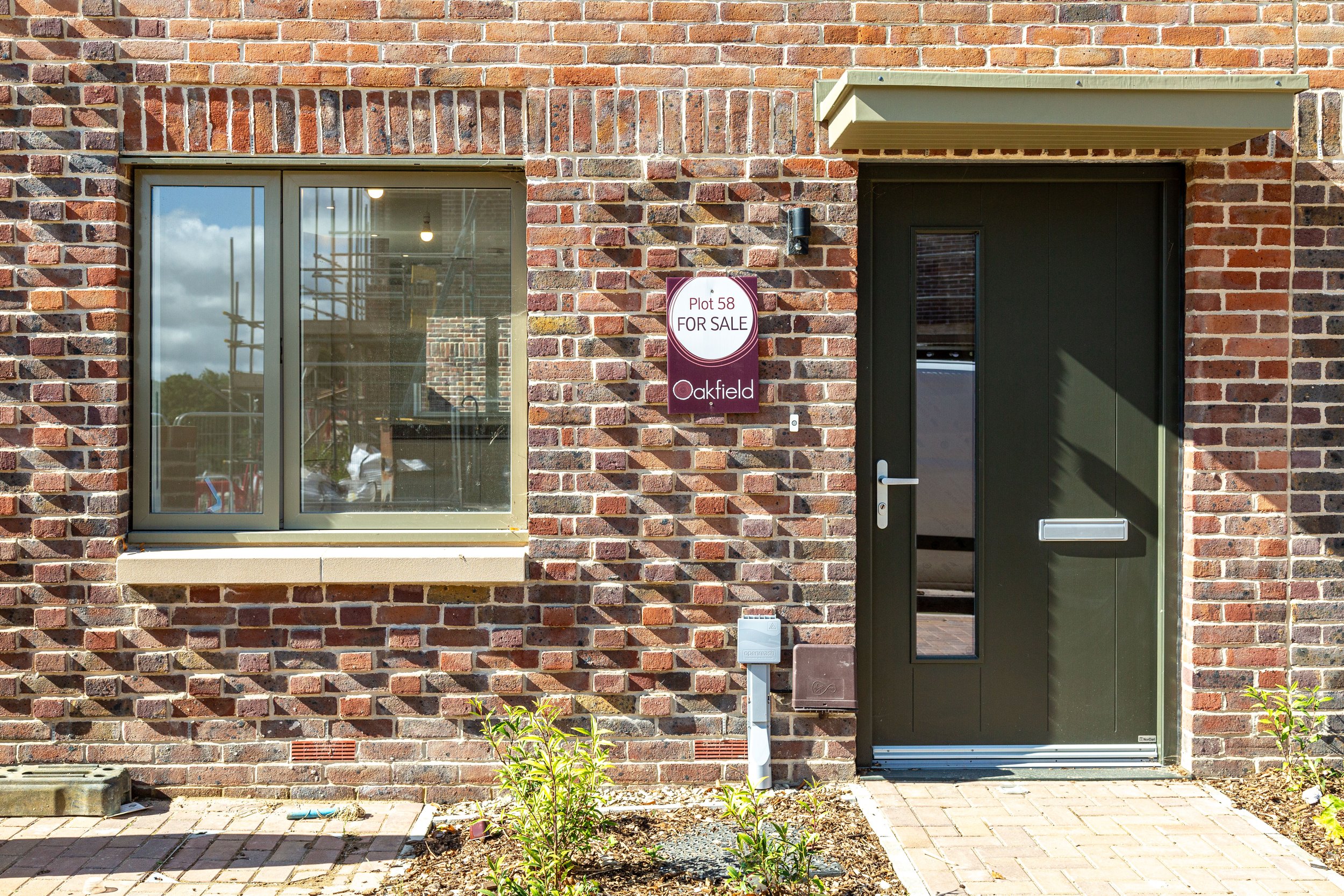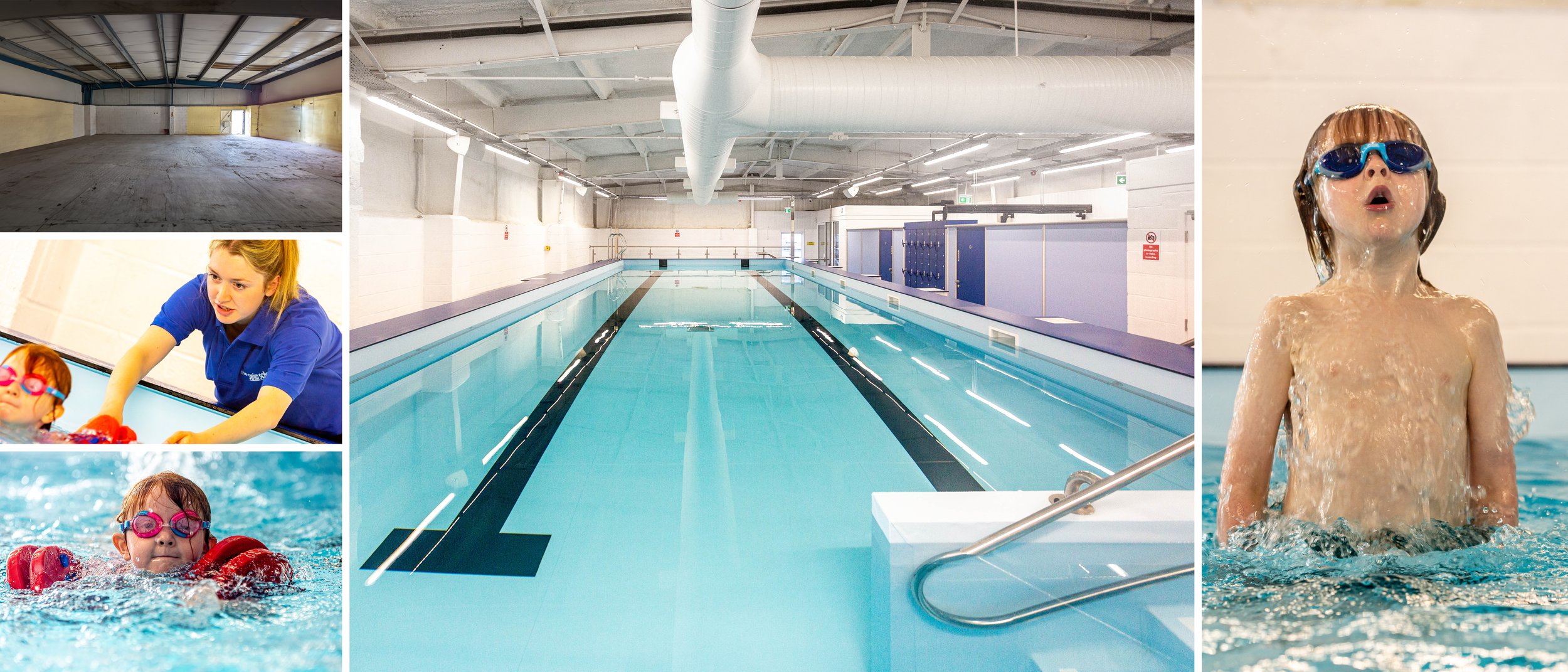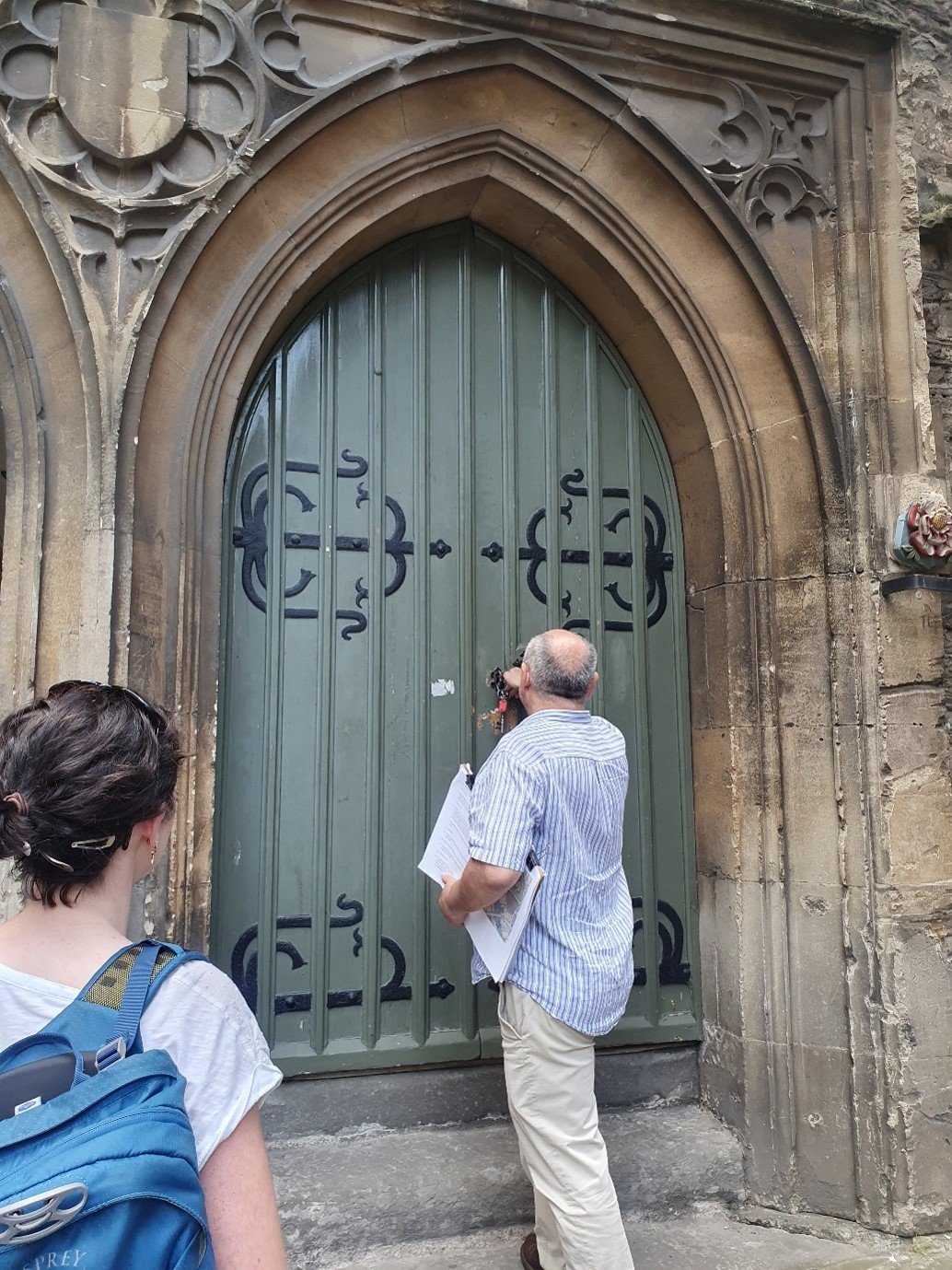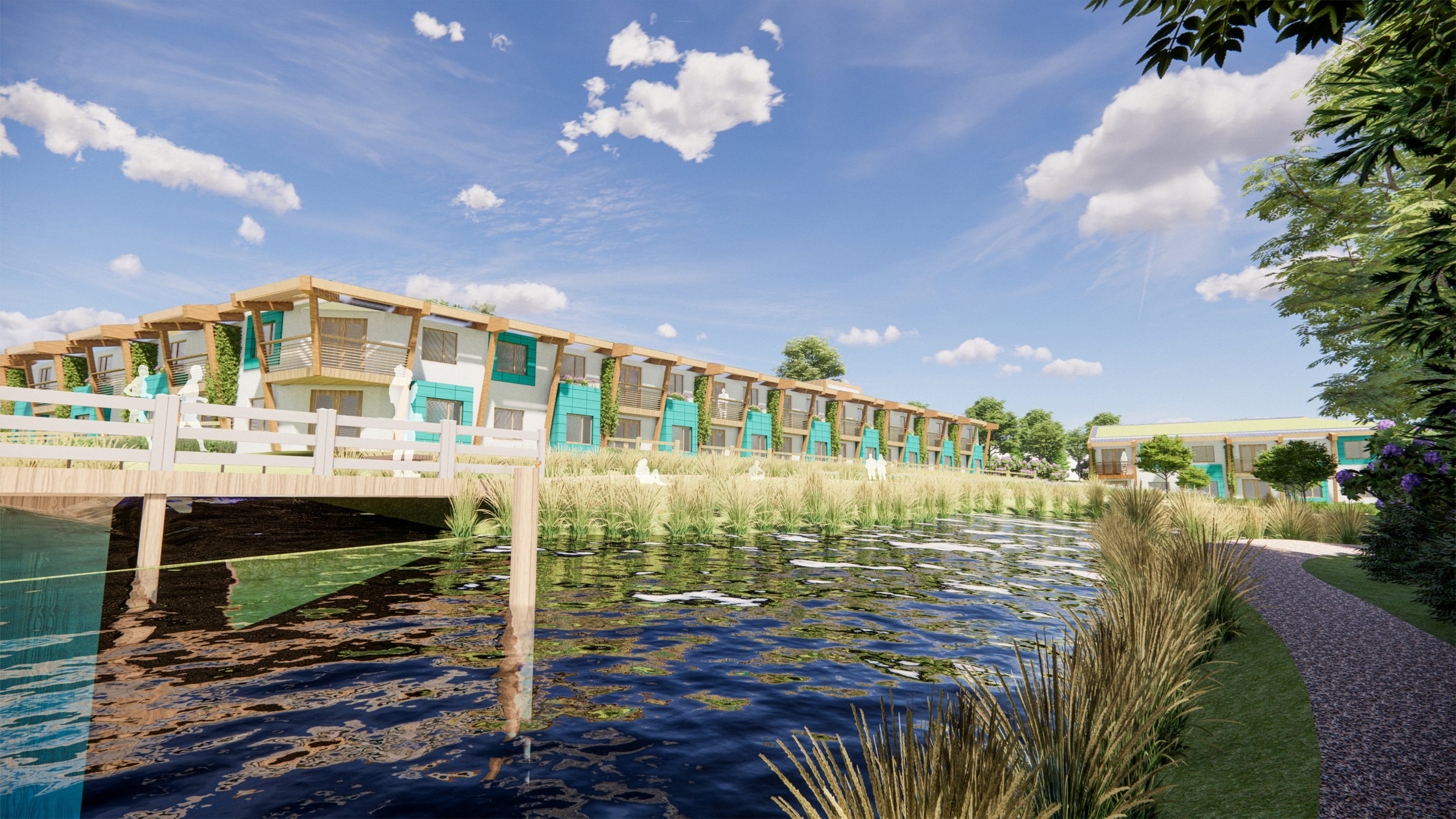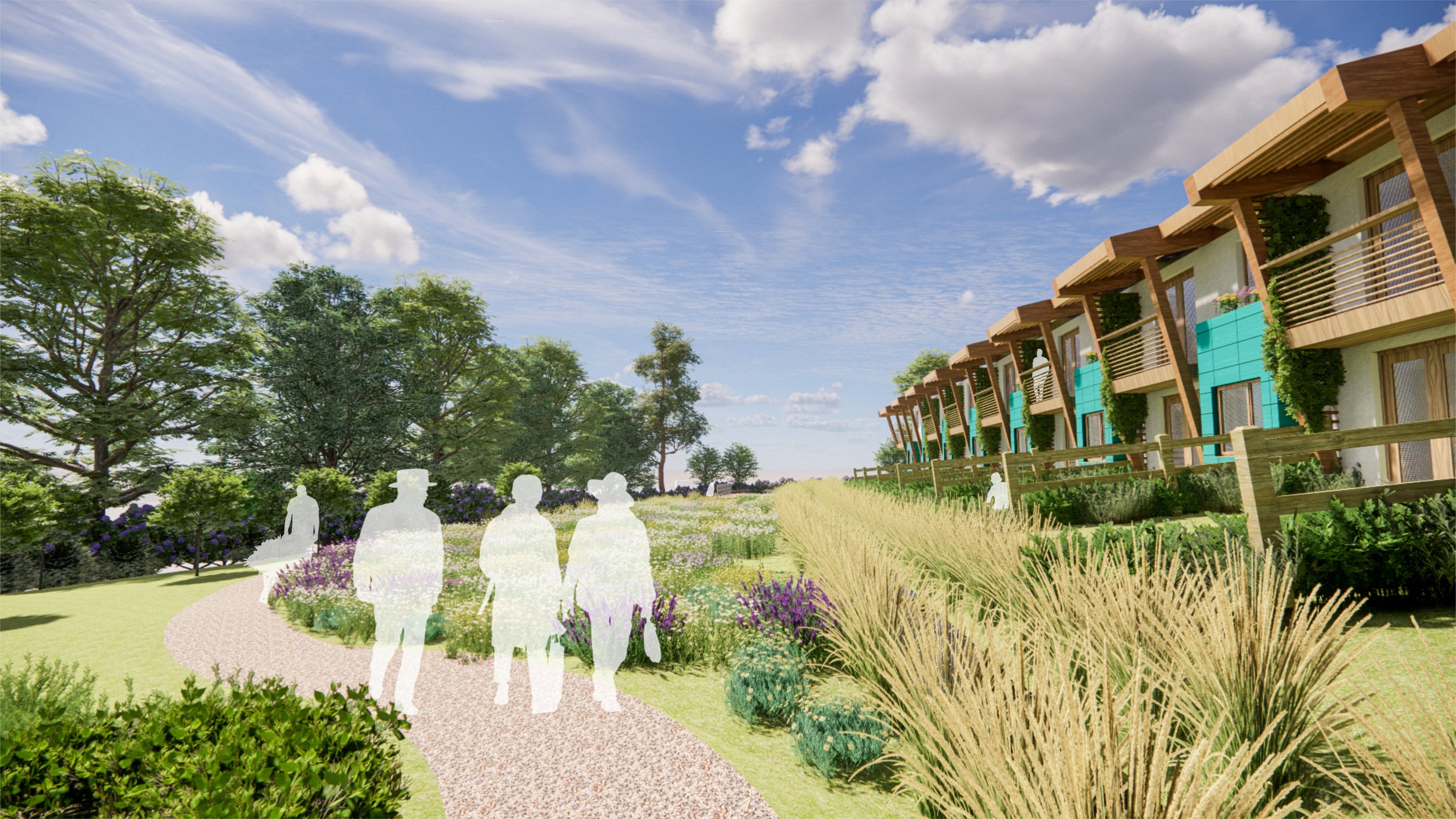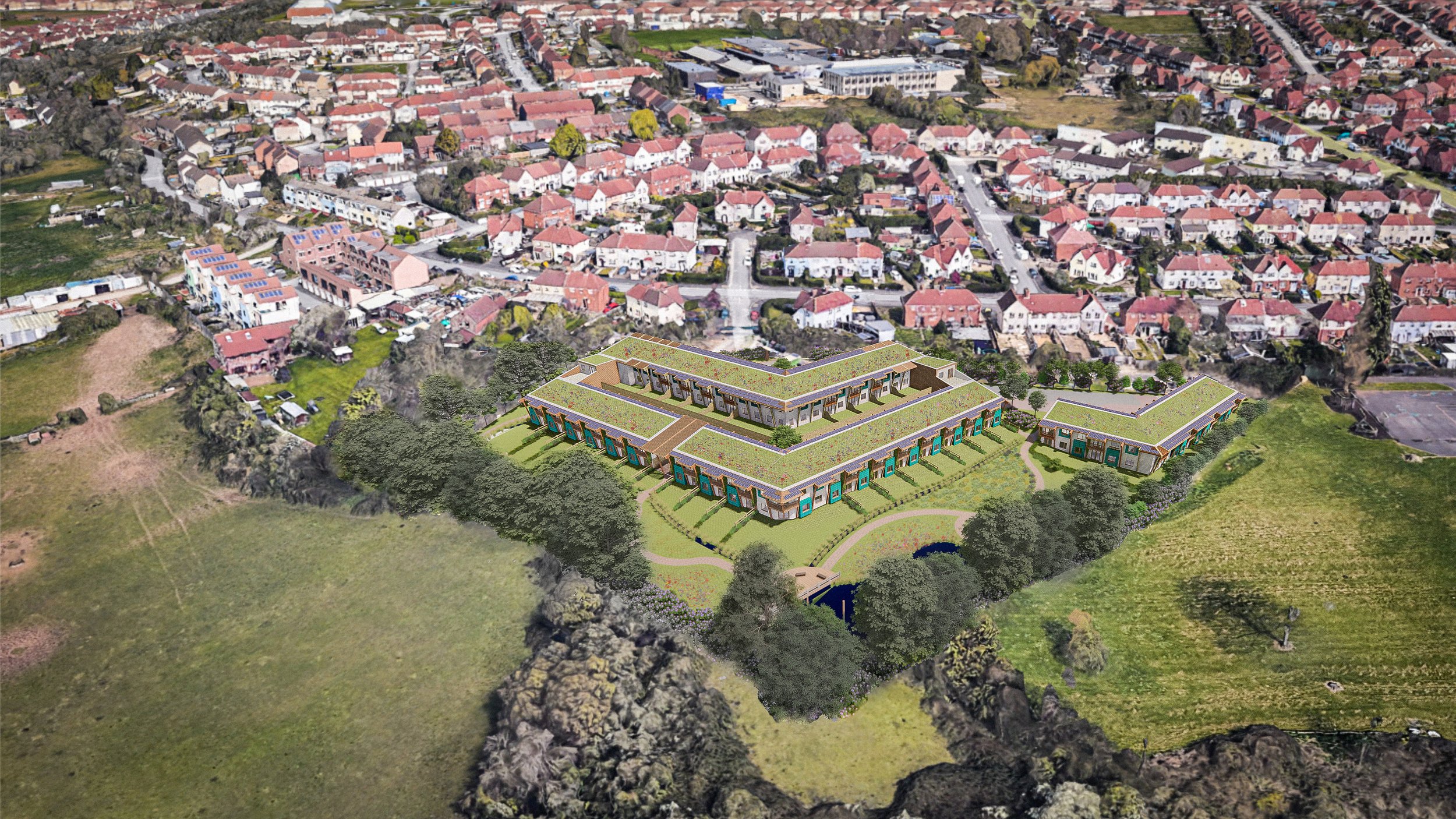It’s been a while since we’ve added any new employee anniversaries and this week we have two to celebrate. First up is Hazel Momberg, celebrating one year with gcp.
Hazel joined gcp last year as an Architectural Technologist to support projects at tender and construction stages, manage project delivery, and assist the coordination across project teams.
In previous employment with GAPP Architects & Urban Designers as a Senior Architectural Technologist for six years, Hazel worked primarily within the hospitality sector, leading projects for luxury safari brands such as Singita and Helios Lodges Company Ltd.
Hazel has experience in all stages of an architectural project including and not limited to concept initiation, design development, construction documentation, site supervision and project management. More recently, Hazel has focused on the delivery of housing developments with particularly stringent deadlines, where precise and rigorous coordination across the project team is vital to meet client targets.
Hazel has completed an APS Accredited Principal Designer Course, allowing her to support all projects under the current CDM2015 Regulations. With a keen eye for detailing and passion for the built environment, Hazel has also recently qualified as a Chartered Architectural Technologist (MCIAT) with the Chartered Institute of Architectural Technologists (CIAT).
Morning Hazel! Lets start with an easy one: what inspired you to pursue architecture?
I grew up in a creative family, and because of this have always enjoyed drawing and making things. In school, I developed a passion for problem solving through subjects such as Maths, Science and Technology. Architecture allowed me to combine these two fields of interest into one career path. Designing creative solutions for complex problems is something that sparked my attention at the time, and still does today.
What has been your favourite project to work on at gcp, so far?
St Peters Close in Plymouth has been a very rewarding experience because it is the first project I’ll complete from start to finish in the UK. The development focuses on providing accessible accommodation to enable residents to stay in their homes even as their life needs change.
You have a visible enthusiasm for Architecture but if you weren’t an Architectural Technologist, what would you be?
I wouldn’t mind being a National Geographic Photographer in an exotic rainforest, pursuing the perfect shot of some endangered creature with David Attenborough by my side (big dreams).
Nothing wrong with dreaming a bright future. What have you already achieved that you are proud of?
Keeping my houseplants alive!
On a serious note though, taking the leap to leave my home country, South Africa, to work in the UK was challenging, but in turn a rewarding experience. It has allowed me to develop my passion for architecture in new ways as well as make valuable new friendships along the way.
We’re really pleased you came here. You are positive and grounded member of the team. What’s been your best moment working at gcp in the last year?
One of the best things about working at gcp is the great social environment amongst colleagues. It’s for this reason that I enjoyed the gcp weekend away in Devon where we made some unforgettable memories together.
Hazel now runs our Events Team, so expect more unforgettable socials in the future!
Moving away from work, what do you like to do in your spare time?
Nothing beats a good road trip to one of UK’s AONB for a long hike and some time spent in nature. Photography is a hobby of mine, so I’ll often take my camera along for the ride too.
To finish up, I normally ask interviewees to tell us something we might not already know about you?
I can play the piano and flute.
gcp are a musical bunch! Might there be an office band in our future?
Thanks for your time today Hazel, we love celebrating our staff anniversaries and getting to know people a little better. To finish up, is there anything else you would like to share?
My favourite quote: ‘The greatest glory in living lies not in never falling, but in rising every time we fall.’ - Nelson Mandela
Perfect. Keep any eye out on our blog for more staff anniversaries, coming soon.

